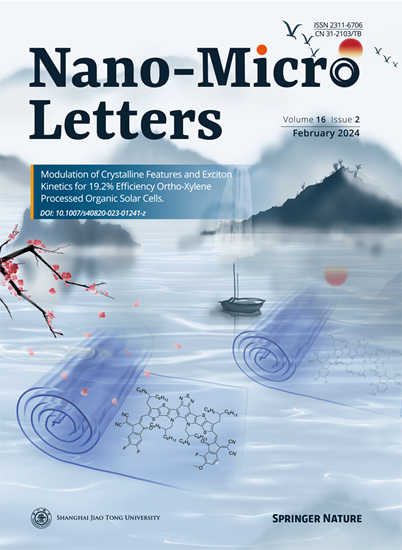Tackling Challenges and Exploring Opportunities in Cathode Binder Innovation.
IF 36.3
1区 材料科学
Q1 Engineering
引用次数: 0
Abstract
Long-life energy storage batteries are integral to energy storage systems and electric vehicles, with lithium-ion batteries (LIBs) currently being the preferred option for extended usage-life energy storage. To further extend the life span of LIBs, it is essential to intensify investments in battery design, manufacturing processes, and the advancement of ancillary materials. The pursuit of long durability introduces new challenges for battery energy density. The advent of electrode material offers effective support in enhancing the battery's long-duration performance. Often underestimated as part of the cathode composition, the binder plays a pivotal role in the longevity and electrochemical performance of the electrode. Maintaining the mechanical integrity of the electrode through judicious binder design is a fundamental requirement for achieving consistent long-life cycles and high energy density. This paper primarily concentrates on the commonly employed cathode systems in lithium-ion batteries, elucidates the significance of binders for both, discusses the application status, strengths, and weaknesses of novel binders, and ultimately puts forth corresponding optimization strategies. It underscores the critical function of binders in enhancing battery performance and advancing the sustainable development of lithium-ion batteries, aiming to offer fresh insights and perspectives for the design of high-performance LIBs.应对挑战,探索阴极粘结剂创新的机遇。
长寿命储能电池是储能系统和电动汽车不可或缺的一部分,锂离子电池(lib)目前是延长使用寿命储能的首选。为了进一步延长锂电池的寿命,必须加大对电池设计、制造工艺和辅助材料进步的投资。对长寿命的追求给电池能量密度带来了新的挑战。电极材料的出现为提高电池的长寿命性能提供了有效的支撑。粘结剂作为阴极成分的一部分经常被低估,它在电极的寿命和电化学性能中起着关键作用。通过合理的粘结剂设计来保持电极的机械完整性是实现一致的长寿命周期和高能量密度的基本要求。本文主要针对锂离子电池中常用的正极系统,阐述了粘结剂对两者的重要性,讨论了新型粘结剂的应用现状、优缺点,并提出了相应的优化策略。强调了粘结剂在提高电池性能和促进锂离子电池可持续发展方面的关键作用,旨在为高性能锂离子电池的设计提供新的见解和视角。
本文章由计算机程序翻译,如有差异,请以英文原文为准。
求助全文
约1分钟内获得全文
求助全文
来源期刊

Nano-Micro Letters
NANOSCIENCE & NANOTECHNOLOGY-MATERIALS SCIENCE, MULTIDISCIPLINARY
CiteScore
32.60
自引率
4.90%
发文量
981
审稿时长
1.1 months
期刊介绍:
Nano-Micro Letters is a peer-reviewed, international, interdisciplinary, and open-access journal published under the SpringerOpen brand.
Nano-Micro Letters focuses on the science, experiments, engineering, technologies, and applications of nano- or microscale structures and systems in various fields such as physics, chemistry, biology, material science, and pharmacy.It also explores the expanding interfaces between these fields.
Nano-Micro Letters particularly emphasizes the bottom-up approach in the length scale from nano to micro. This approach is crucial for achieving industrial applications in nanotechnology, as it involves the assembly, modification, and control of nanostructures on a microscale.
 求助内容:
求助内容: 应助结果提醒方式:
应助结果提醒方式:


